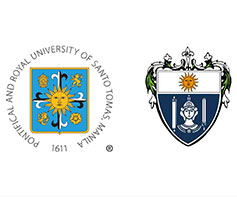ISSN 2619-7219
Volume 4, December 2016
EDITOR’S NOTE

English language learning motivation and self-identity changes of Filipino English majors in Philippine universities
Giovanna V. Fontanilla
University of Santo Tomas, Manila, The Philippines

Semantic deviation in Marge Piercy’s “The Secretary Chant”
Ilyn R. Faminial
Notre Dame of Dadiangas University, General Santos, The Philippines

The discourse organization of Philippine university newspaper opinion columns
Wilfred Gabriel A. Gapas
University of Santo Tomas, Manila, The Philippines

Functional stylistic analysis: Transitivity in Philippine Daily Inquirer and The Washington Post
Luzminda R. Valeriano & Rachelle B. Lintao
The Graduate School, University of Santo Tomas, Manila, The Philippines
Navotas Polytechnic College, Navotas, The Philippines
Philippine Normal University and
University of Santo Tomas, Manila, The Philippines

Discourse features of methodology sections of research articles in high-impact and non-high-impact applied linguistics journals
Rodrigo C. Morales
University of Santo Tomas Graduate School, Manila, The Philippines
Parañaque Science High School, Parañaque City, The Philippines

Implications of pedagogical beliefs and pedagogical content knowledge for the reading comprehension strategy instruction of teachers
Ma. Jhona B. Acuña
University of Santo Tomas Graduate School, Manila, The Philippines
Philippine Normal University, Manila, The Philippines

